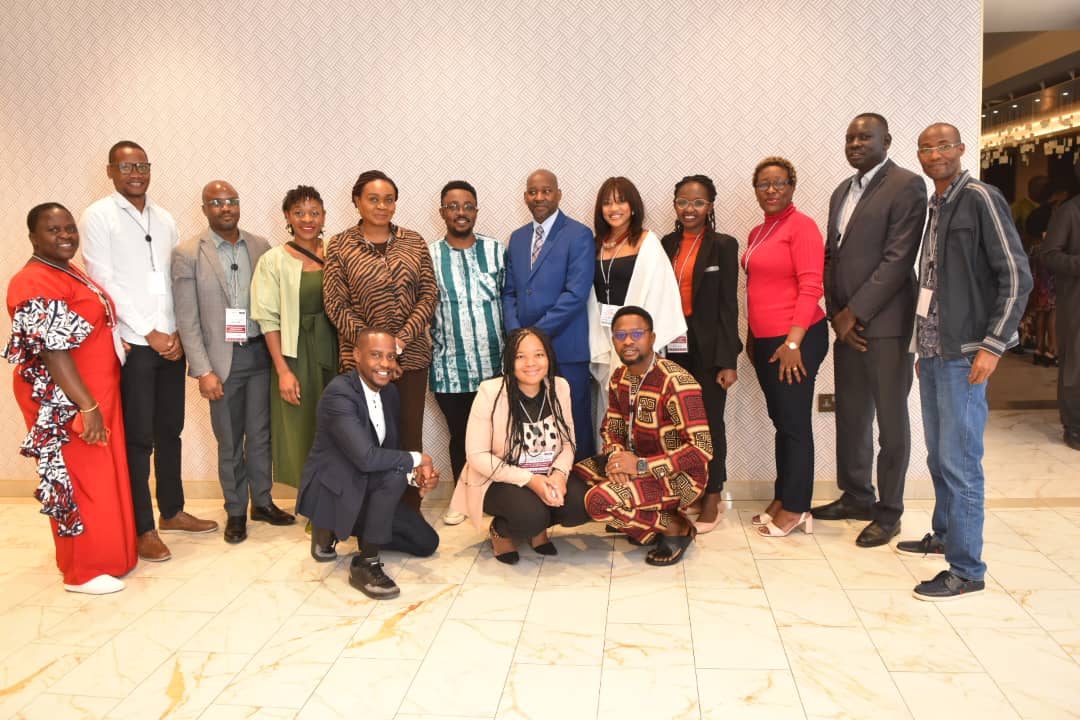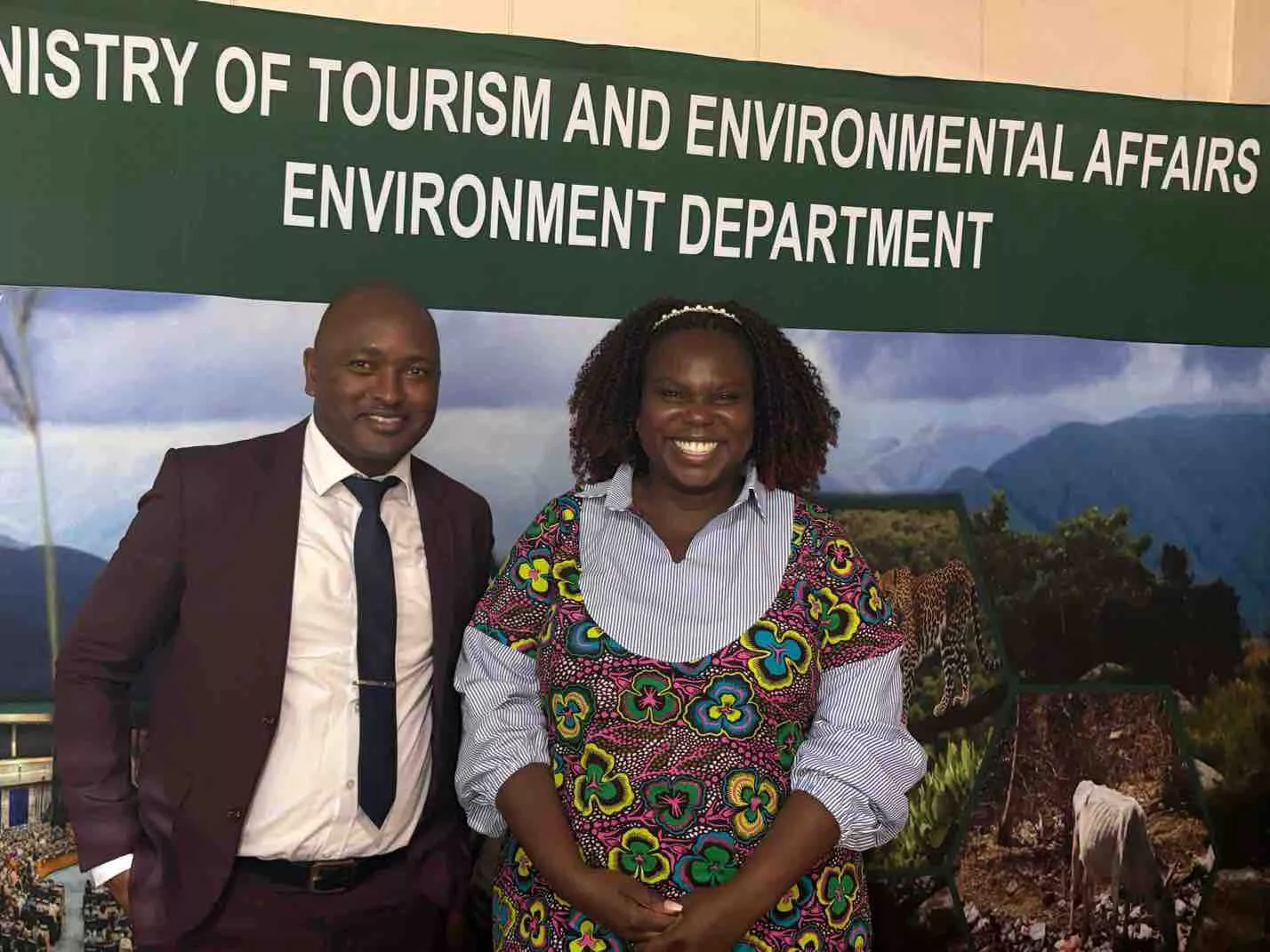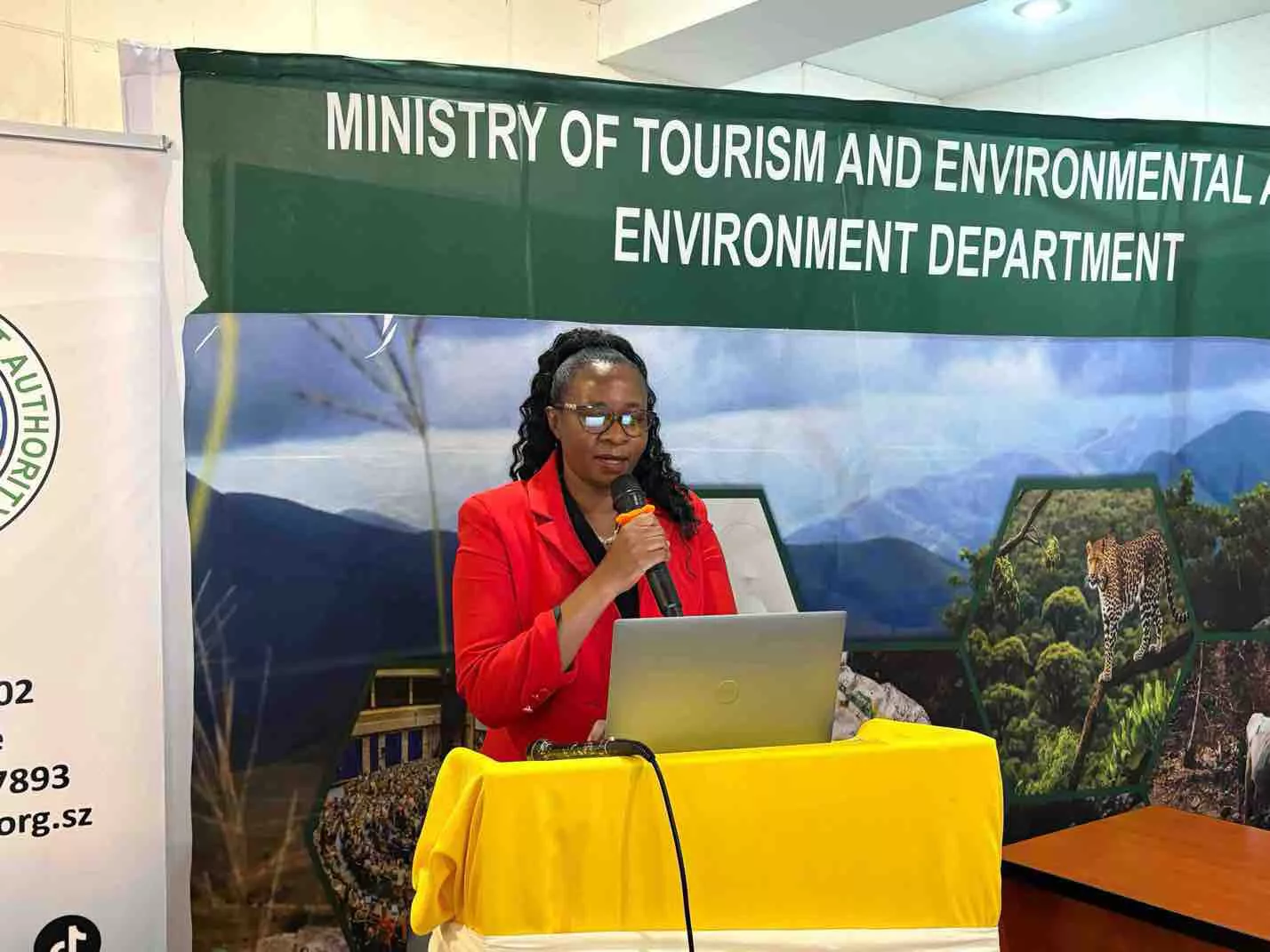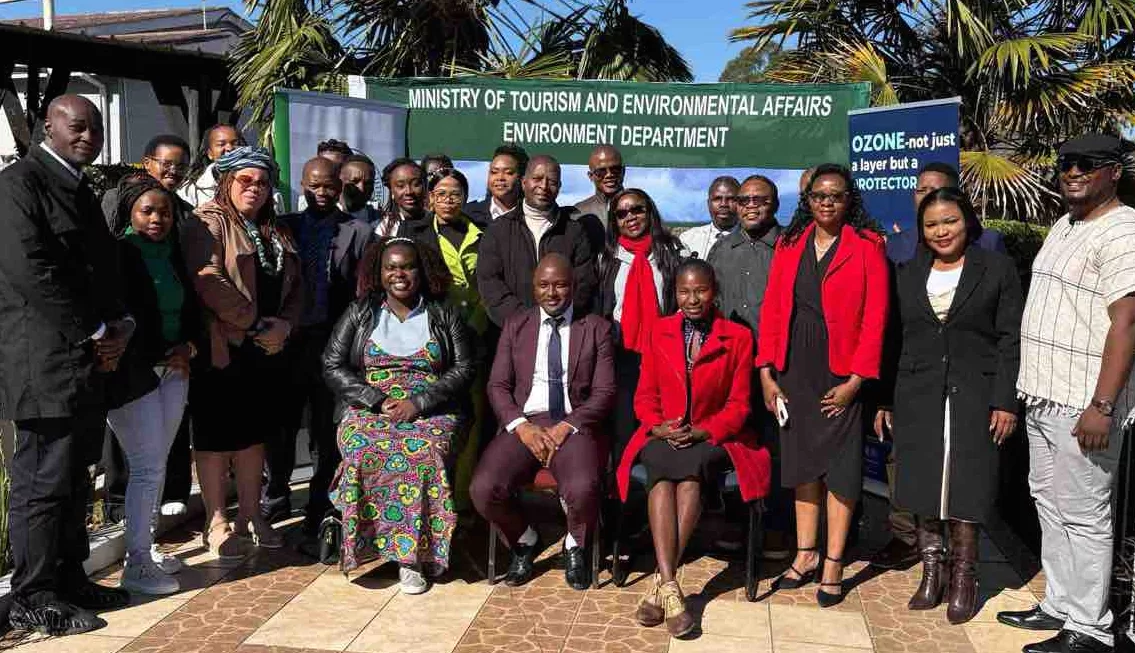|
Getting your Trinity Audio player ready...
|
The Consortium of African Youth in Agriculture and Climate Change (CAYACC) has played a significant role in promoting youth engagement in the Comprehensive African Agriculture Development Programme (CAADP).
Spiked Online Media had an interview with Mwaka Namukonda, the Executive Coordinator of CAYACC in Lusaka, Zambia during the ongoing Validation Workshop for Technical Working Groups that kicked off on 25 July 2024 and will run until 30 July 2024.
This involvement is crucial as it aligns with the broader objectives of the CAADP to enhance agricultural productivity, food security, inclusivity, and sustainable economic growth in Africa.
Particularly, CAYACC has contributed to the following:
- Capacity Building and Training:
- Webinars and Side Events: CAYACC has organized various webinars to educate young people about the CAADP processes, Biennial reviews and commitments. Currently, CAYACC is conducting a series of regional webinars to disseminate the BR 4 results with a particular focus on commitments to youths. Additionally, CAYACC organized a webinar to have the youth agenda well incorporated into the Post-Malabo agenda. These events equip youth with the knowledge and skills needed to participate effectively in agricultural development.
- Advocacy and Policy Influence:
- Youth Representation: CAYACC ensures that young people’s voices are heard in policy discussions. They advocate for the inclusion of youth representatives in national and regional CAADP planning and review meetings.
- Policy Development: By contributing to policy briefs and position papers, CAYACC influences agricultural policies to be more youth-inclusive, addressing specific challenges faced by young farmers and entrepreneurs.
- Networking and Collaboration:
- Building Networks: CAYACC fosters networks among young agriculturalists, researchers, and policymakers. These networks facilitate knowledge exchange and collaborative projects that advance CAADP goals.
- Partnerships: Collaborations with other organizations, such as non-profits, private sector entities, and international bodies, amplify the impact of youth initiatives in the CAADP framework.
Challenges Faced
- Limited Funding:
- Securing adequate funding for youth-led initiatives and programs remains a significant challenge. Many promising projects struggle to scale due to financial constraints.
- Policy Barriers:
- In some countries, policies are not conducive to youth participation in agriculture. Bureaucratic hurdles, lack of access to land, and limited credit facilities hinder youth involvement.
- Capacity Gaps:
- Despite training efforts, there is still a gap in the technical and managerial capacities of young people, which affects their ability to fully engage in CAADP processes.
- Awareness and Outreach:
- Reaching a broader audience and ensuring widespread awareness of CAADP among rural youth is a persistent challenge. Many young people remain unaware of the opportunities available to them through these initiatives.
Successes Achieved
- Increased Youth Participation:
- There has been a notable increase in youth participation in agricultural policy discussions and CAADP processes. Young people are now more involved in decision-making and implementation at various levels.
- Enhanced Skills and Knowledge:
- Through various training and capacity-building programs, young people have gained valuable skills and knowledge, empowering them to contribute more effectively to agricultural development.
- Policy Changes:
- Advocacy efforts have led to the inclusion of more youth-friendly policies in national agricultural plans. Some countries have introduced specific programs and funding mechanisms aimed at supporting young farmers and entrepreneurs.
- Strengthened Networks:
- The establishment of strong networks and partnerships has created a supportive ecosystem for young people in agriculture, facilitating the sharing of resources, information, and best practices.
Conclusion
The Consortium of African Youth in Agriculture and Climate Change (CAYACC) has made significant strides in enhancing youth engagement in the CAADP processes. Despite the challenges, the successes achieved highlight the potential and impact of youth involvement in agricultural development. Continued support and investment in these efforts are crucial to sustaining and expanding the positive outcomes observed so far.






